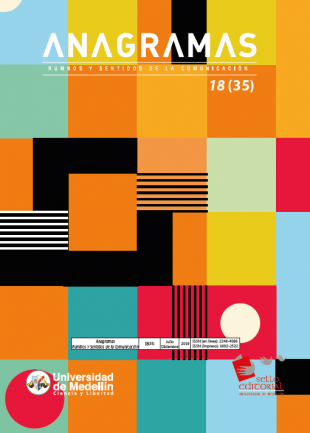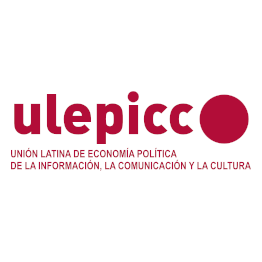
Sola Morales, Salomé (2019).
Anagramas, 18(35), 19-38.
The main goal of this paper is to analyze #YoSoy132 construction of mediatic identities through videoactivism, and to question if YouTube was determinant or simply instrumental in the implosion of the movement. During the 2012 “Mexican Spring”, students and citizens not only occupied the streets to quest for a “real democracy” or to express their dissent through very significant demonstrations, but they also occupied the internet to protest. First of all, identity features of the movement are analyzed in relation with the following variables: 1) nucleus of belonging, 2) main sociodemographic features, 3) forms of leadership, 4) interests, 5) collective identity, and 6) relationship with otherness. Second, through a qualitative methodology —content analysis—, this paper analyzes the most relevant pieces of videoactivism produced by young adults. This study focused on the role and function of the videos to know if social media was “instrumental” or “determinant”. Third, mediatic identities represented in the videos are analyzed by exploring the following aspects: a) protagonists appearing in the videos: main role, gender and age range, b) locations where these characters appear and c) type of identity represented: hegemonic or counter-hegemonic, majority or minority. The main result of this research is that a resistence and contra-hegemonic identity is created through YouTube videos by young Mexicans. Moreover, being #YoSoy132 goes far beyond being young, student or belonging to a specific university. In this regard, the scenario is not occupied by a single subject or specific group of people, but it belongs to the “oppressed” and to persons at risk or discrimination.












